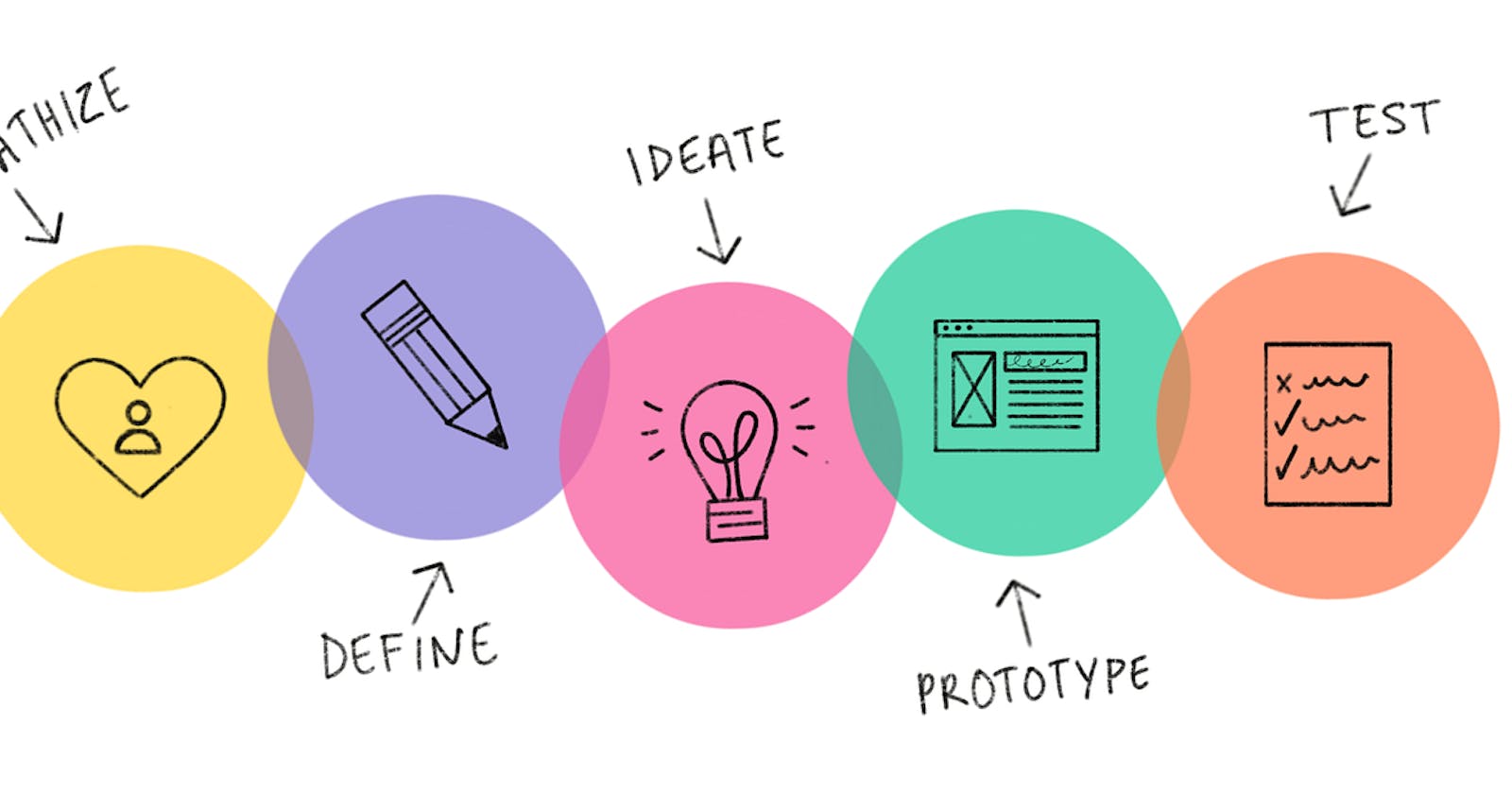In the realm of programming, being creative and a problem-solver are your trusty companions on the road to crafting top-notch solutions. But have you ever considered bringing some design thinking into your programming mix? Design thinking is all about putting humans at the center of problem-solving and creating user-friendly products. In this piece, we're going to explore why sprinkling some design thinking into your coding process is a game-changer, helping you create software that's not just better but also way more user-friendly.
- Getting to Know Your Users
Design thinking shines a spotlight on understanding the people who will eventually use your software. When you blend this concept with programming, it means you begin your journey by thinking about your software's end-users and the problems they need to solve. This change in perspective can lead you to craft applications that are not just efficient but also super intuitive.
- Walking in Your User's Shoes
Design thinking encourages you to step into the shoes of the people using your software. By doing so, you gain a clearer picture of their experiences and pain points. This empathy factor helps you create software that not only works well but is also fun and easy to use.
- Taking Small Steps to Solve Big Problems
One of the neat things about design thinking is the way it tackles problem-solving in small, manageable steps. Instead of trying to tackle everything at once, you break your problems down into bite-sized pieces and deal with them one by one. In the programming world, this means taking on bugs and feature improvements step by step, which ultimately leads to a more efficient and focused development journey.
- Teamwork and a Mix of Talents
Design thinking thrives on collaboration and draws from various talents. When programmers collaborate closely with designers, marketing experts, and other stakeholders, they bring different perspectives into the mix. This multidisciplinary approach can lead to well-rounded and highly successful software projects.
- Prototyping and Early Testing
Design thinking encourages you to create prototypes and run tests early in the development process. This means you gather feedback from real users and make any necessary tweaks before you've invested heaps of time and resources into development. It's like a safety net that helps you avoid costly revisions down the road.
- Letting Creativity Flourish
Design thinking values creativity as a powerful tool for problem-solving. In the programming world, this means you venture beyond the lines of code and explore new ideas and approaches. You'll find yourself digging into uncharted territory and coming up with innovative, efficient solutions.
- Elevating the User Experience
When you embrace design thinking, you put the user experience front and center. The result? Software that doesn't just do the job but also leaves users delighted. This results in higher user satisfaction, positive feedback, and the potential for increased user adoption and loyalty.
Design thinking isn't an exclusive club for designers – it's a versatile approach that can do wonders for programmers. By infusing your programming process with the principles of design thinking, you're bound to create software that not only works but is also user-friendly, innovative, and deeply in tune with the needs of your end-users. So, don't be shy to welcome design thinking into your programming journey. It's a valuable companion that can lead to more successful and fulfilling software projects.

